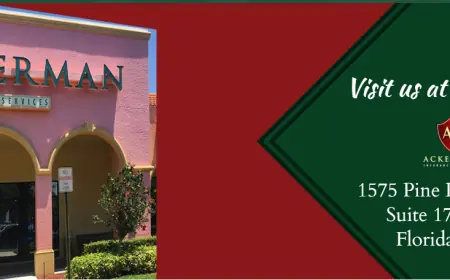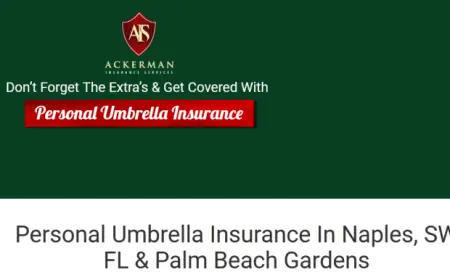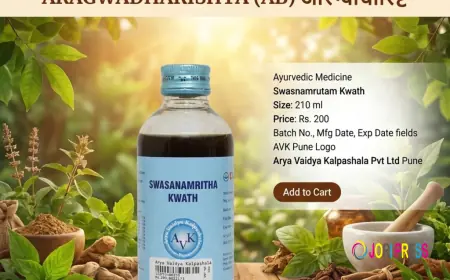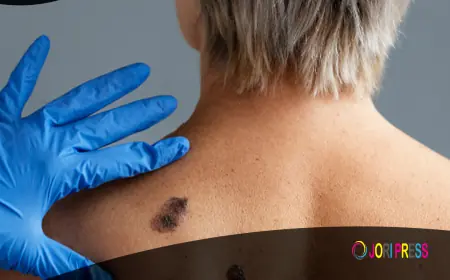What Is Uninsured/Underinsured Motorist Coverage and Why You Need It
Driving comes with an inherent risk, and one of the most significant risks on the road is the possibility of an accident with an uninsured or underinsured driver. While auto insurance is legally required in many places, not all drivers comply with the law, and some may have only minimal coverage that isn't sufficient to cover all the costs associated with an accident. This is where Uninsured/Underinsured Motorist (UM/UIM) coverage comes into play.

In this article, we’ll explore what uninsured/underinsured motorist coverage is, how it works, and why it’s crucial to have this protection as part of your car insurance policy.
1. What Is Uninsured/Underinsured Motorist Coverage?
Uninsured/underinsured motorist coverage is a type of car insurance that helps protect you in the event of an accident caused by a driver who either has no insurance or has insufficient insurance to cover the costs of the accident.
-
Uninsured Motorist Coverage (UM): This portion of the coverage protects you if you are involved in an accident with a driver who does not have any insurance. If the at-fault driver has no insurance and is unable to pay for damages, your uninsured motorist coverage will cover the costs, depending on your policy limits.
-
Underinsured Motorist Coverage (UIM): If the at-fault driver has insurance but doesn’t have enough to cover the full extent of your damages (for example, their coverage may be capped at a low amount), underinsured motorist coverage kicks in to fill the gap.
In essence, this coverage ensures that you're financially protected when the other driver is either uninsured or underinsured, minimizing your out-of-pocket expenses after an accident.
2. How Does Uninsured/Underinsured Motorist Coverage Work?
Here’s an example to illustrate how uninsured/underinsured motorist coverage works:
-
Uninsured Motorist Scenario: You are in a car accident where the other driver is at fault, but after the crash, you find out that the driver has no car insurance at all. If your state has uninsured motorist coverage and you have purchased it, your own insurance will cover the medical bills, repair costs, and possibly pain and suffering, depending on the policy.
-
Underinsured Motorist Scenario: Now imagine a situation where the other driver has insurance, but their policy only covers up to $25,000 in damages, which is not enough to pay for your medical bills or repair costs, which total $50,000. In this case, underinsured motorist coverage would help cover the remaining $25,000 to ensure you're not left with a financial burden.
3. Why Do You Need Uninsured/Underinsured Motorist Coverage?
There are several compelling reasons why it’s essential to have uninsured/underinsured motorist coverage as part of your car insurance policy. Here are the key reasons:
A. Protects You from Uninsured Drivers
One of the biggest risks on the road is encountering an uninsured driver. According to the Insurance Information Institute (III), nearly 13% of drivers in the U.S. are uninsured, meaning that if you're involved in an accident with one of them, you may have to pay for your own repairs and medical expenses. In many cases, uninsured drivers don’t have the financial resources to pay for your damages out of pocket, making uninsured motorist coverage your safety net.
In states with a high rate of uninsured drivers, having this coverage becomes even more important. In these cases, your own insurance policy would provide compensation for your injuries and property damage, saving you from potentially devastating financial consequences.
B. Protects You from Underinsured Drivers
Even if the other driver has insurance, it may not be enough to cover the full extent of your injuries or damages. The minimum liability limits required by law often fall short of covering all expenses, particularly in cases of severe accidents. For example, if the other driver has only $25,000 in liability coverage but your medical bills and car repairs cost $50,000, underinsured motorist coverage can cover the remaining $25,000, filling the gap and ensuring you’re fully compensated for your losses.
C. It’s Affordable Protection
Uninsured/underinsured motorist coverage is typically very affordable compared to other types of coverage. Because it is part of your overall car insurance policy, it doesn’t usually add much to your premium. Given the level of protection it offers, it’s an inexpensive way to protect yourself from potentially costly situations.
D. Pays for Medical Bills and Property Damage
If you’re in an accident caused by an uninsured or underinsured driver, UM/UIM coverage can help cover not just the repair costs for your car but also medical expenses, lost wages, and other associated costs. This means that you don’t have to worry about paying out-of-pocket for treatments or repairs if the at-fault driver doesn’t have enough coverage.
E. Provides Peace of Mind
Knowing that you’re covered in the event of an accident with an uninsured or underinsured driver offers peace of mind. It can be particularly reassuring if you live in a state with a high percentage of uninsured drivers or if you frequently drive in areas where accidents are more likely. Without UM/UIM coverage, you may be left in a vulnerable financial position if something goes wrong.
4. Is Uninsured/Underinsured Motorist Coverage Required?
The requirement for uninsured/underinsured motorist coverage varies by state. Some states mandate that drivers carry this coverage, while others make it optional. In states where it’s optional, you have the choice of whether or not to add it to your policy.
-
States That Require UM/UIM Coverage: Some states, like New Jersey, New York, and Michigan, require drivers to carry uninsured motorist coverage by law. Other states may require it for specific circumstances, such as when you have full coverage or in cases where you have a high-risk driving record.
-
States Where It’s Optional: In other states, like California, Texas, and Florida, uninsured/underinsured motorist coverage is optional. However, it’s highly recommended that you add it to your policy, especially since the number of uninsured and underinsured drivers can vary from state to state.
Even in states where UM/UIM is optional, you may be required to sign a waiver if you decide not to carry this coverage. This waiver acknowledges that you are declining protection and could leave yourself financially exposed in the event of an accident.
5. What Does Uninsured/Underinsured Motorist Coverage Typically Cover?
Uninsured/underinsured motorist coverage can vary depending on the insurer and the state, but generally, it provides the following coverage:
-
Bodily Injury: This covers medical expenses, lost wages, and pain and suffering caused by injuries sustained in an accident with an uninsured or underinsured driver. It may also cover any passengers in your vehicle who are injured.
-
Property Damage: If the uninsured or underinsured driver causes damage to your vehicle or other property, this coverage can help pay for repairs or replacements.
-
Hit-and-Run Accidents: If you're involved in a hit-and-run accident where the other driver flees the scene and their identity cannot be determined, uninsured motorist coverage can help cover your costs if the other driver is later found to be uninsured.
6. How to Add Uninsured/Underinsured Motorist Coverage
Adding uninsured/underinsured motorist coverage to your car insurance policy is relatively simple. If you already have an auto insurance policy, you can request that your insurer add UM/UIM coverage to your plan. When you request a quote or renew your policy, make sure to ask your insurer about this coverage and consider the appropriate limits based on your needs.
Keep in mind that the cost of uninsured/underinsured motorist coverage will depend on factors like the state you live in, the coverage limits you choose, and the insurance provider. It's usually a low-cost addition to your overall premium, providing significant protection for relatively little expense.
7. Conclusion
Uninsured/underinsured motorist coverage is an essential component of your car insurance policy that protects you from the financial fallout of an accident caused by someone who either doesn’t have insurance or has insufficient coverage. With the number of uninsured drivers on the road and the fact that minimum insurance limits often don’t cover all damages, UM/UIM coverage is a crucial safety net for drivers.
What's Your Reaction?
 Like
0
Like
0
 Dislike
0
Dislike
0
 Love
0
Love
0
 Funny
0
Funny
0
 Angry
0
Angry
0
 Sad
0
Sad
0
 Wow
0
Wow
0














































